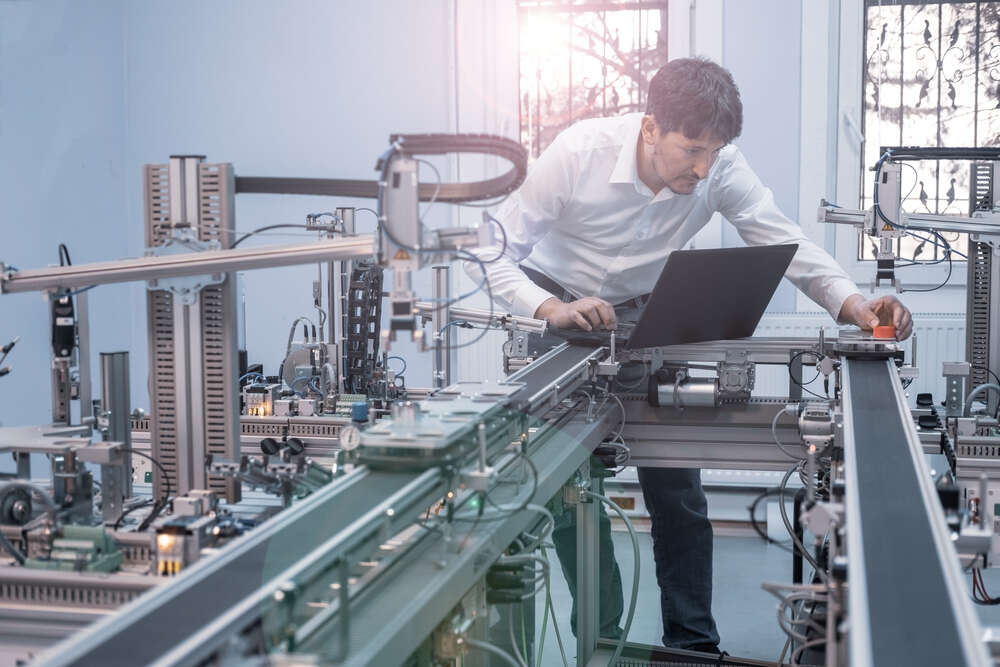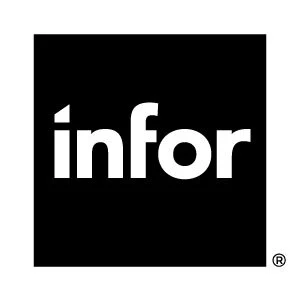
The resilience of supply chains for manufacturers around the world has been tested by a series of shocks in recent years. Technology can be part of the solution as long as it is implemented strategically, delegates at a recent Tech Monitor webinar, held in association with Infor, heard.

Entitled The role of technology in building supply chain resilience, the event looked at how businesses have been turning to digital solutions to try and improve the way they anticipate and respond to problems.
The webinar is available to watch online. Register here to view it on demand.
What is supply chain resilience?
The webinar was heard from Andrew Kinder, senior vice president for industry strategy at Infor. He defined supply chain resilience as the “capacity to respond to change and risk in the supply chain”.
He used the example of Hurricane Ian and the impact it will have had on manufacturers in Florida as an example of the kind of sudden shock which can happen in any supply chain but said the impact of events like these tends to be short-lived.
More problematic, said Kinder, are “longer-term changes” that put at risk the ongoing security of supply. These could be “being able to source from certain countries, or if demand for a certain material goes up. These are harder ones that we need to start building strategies around,” he said.
The Covid-19 pandemic and war in Ukraine have both drastically altered supply chains in the past couple of years, and Fergus McReynolds, director of EU and international affairs at manufacturing trade body Make the UK said: “What we’ve seen over recent years is the confidence in the ability [to meet demand] is under real pressure because of some events which were predictable, some which were less predictable.”
These pressures “have come on the back of each other,” McReynolds said. “There’s been very little time for manufacturers to truly recover so we’re starting to see different strategies to manage the balance between efficiency and resilience,” he explained.
Which technologies can help build resilience?
Kinder said several types of technology are being used to build supply chain resilience, “Companies want more visibility of supply chains because they all believe more visibility delivers more resilience,” he said. “Visibility platforms can be cloud-based, they can be based on very good relationships with your strategic suppliers and identifying the data you want to share.” He added: “Without these platforms, you’re just guessing.”
Intelligent automation driven by AI systems also has a role to play. “There’s also a desire for more intelligence to sense changes and respond to them,” Kinder said. “You need maybe more automation to analyse what the alternatives might be to a particular event and how to rate those alternatives, as well as something to automate some of your responses.
“So it’s about visibility platforms, intelligence, and having a digitised ecosystem to execute all this.”
What comes first: technology or strategy?
But technology cannot solve supply chain problems unless it is deployed strategically, the panellists said. “It starts with a real understanding of what supply chain problem you want to tackle,” said Infor’s Kinder.
“Once you’ve got that strategy in place, the technology decisions follow. If it’s a demand planning problem, for example, you’d look at advanced forecasting with artificial intelligence to do some predictions in that area. The technology solutions are always there, but it’s not led by the technology, it’s led by strategy and you put the tech platform in place to support that.”
McReynolds agrees. “Businesses have to decide what are the processes they need to monitor and measure, then work backwards to find the technology to do that,” he said.
He added that manufacturers are starting to look at resilience as a key part of their strategies. “Sometimes, there are things we can predict and some we can’t, so you have to build in a much broader resilience,” McReynolds said. “Making sure you have a bit of capacity [to do that] is a way companies are managing. We’re seeing long-stocking and a transition from ‘just-in-time’ to ‘just-in-case’ supply chains. Companies are changing how their processes are managed with a bigger focus on resilience.”







